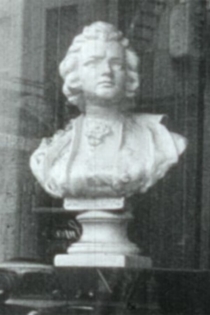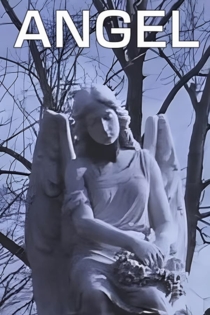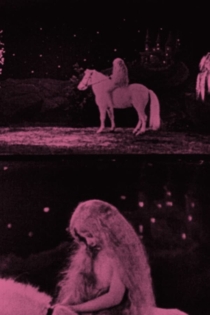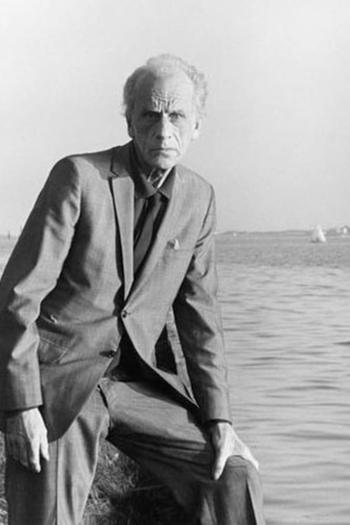
Joseph Cornell
1903 - 1972Nymphlight
Joseph Cornell, Rudy Burckhardt
A short, avant-garde movie, starring twelve-year-old ballet student Gwen Thomas, Nymphlight is a lovely blend of fact and fiction, using Bryant Park at the New York Public Library as a stage set for the fantasy inclusion of a certain nymph. A meditation on an ephemeral day in the the life of a park shared by birds, the young and the old.
Nymphlight
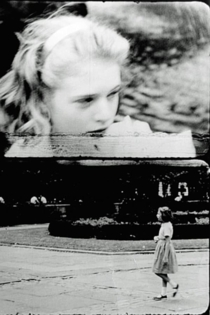
Bookstalls
Joseph Cornell
A short made by Joseph Cornell in the late 1930s-- An ode to imagination, travel and literature. In true Cornellian fashion, the film borrows footage from, among other films, a Burton Holmes travelogue; Sightseeing tours of Dutch Marken and agrarian Asia therefore become the dream of a boy at a bookstall.
Bookstalls

Gnir Rednow
Joseph Cornell
A film composed of the out-takes from Brakhage’s The Wonder Ring (1955), which Cornell had commissioned. There has been a long-standing misconception that the film "Gnir Rednow" is simply "The Wonder Ring" mirrored or projected in reverse. However, Mark Toscano of the Academy Film Archive has definitively established that the original roll of each one of these two films is "unmistakably, completely comprised of camera original Kodachrome," and that no two shots are precisely the same from one film to the other.
Gnir Rednow
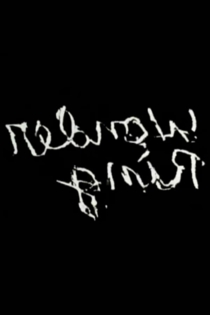
The Aviary
Joseph Cornell, Rudy Burckhardt
A collaboration between Joseph Cornell and Rudy Burckhardt, Aviary is an impression of Union Square. The location held a particular fascination for Cornell who wanted to establish a foundation for artists and art therapy there. In the film, he treats the park as an outdoor aviary.
The Aviary

Rose Hobart
Joseph Cornell
Rose Hobart, Charles Bickford
Cornell employs clips from 1931's jungle melodrama East of Borneo – more specifically, clips of its lead actress, Rose Hobart – to disquieting effect. Through Cornell's collage editing, Hobart becomes a singular object of desire and dread, trapped in an exotic paradise.
Rose Hobart

Cotillion
Joseph Cornell
"I have not changed the editing structure. I have made the films printable. They are the first known fully collaged films, i.e., films made from found footage, and were done sometime in the ‘40s. Cornell combines Vaudeville jugglers, animal acts, circus performers, children eating and dancing, science demonstrations, mythical excerpts, and crucial freeze-frames of faces into a timeless structure, totally unconcerned with our usual expectations of “montage” or cinematic progression. He collects images and preserves them in some kind of cinematic suspension that is hard – impossible – to describe. But it’s a delight to anyone whose soul has not been squashed by the heavy dictates of Art." —Larry Jordan
Cotillion

